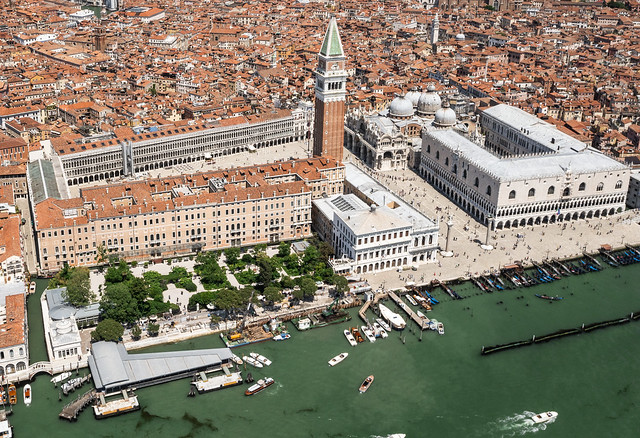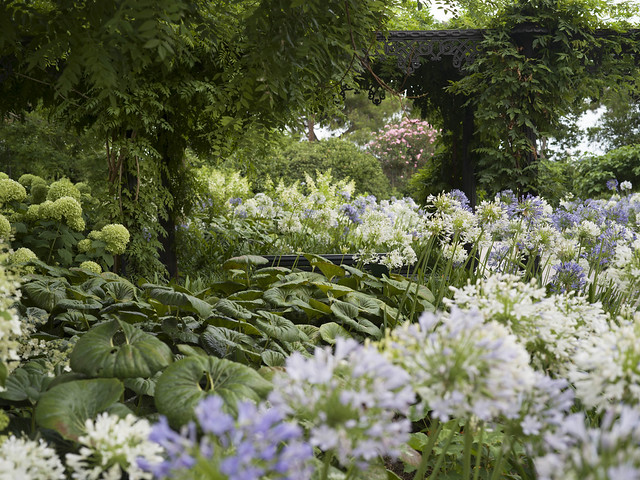Royal Gardens of Venice
Following decades of neglect, the Royal Gardens of Venice, once a treasured historical amenity, have now been fully restored and reopened to the public. The restoration, management and future conservation of the gardens was entrusted to Venice Gardens Foundation by the State Property Office and the City of Venice in 2014.
The restoration project was carried out by the Foundation headed by Adele Re Rebaudengo and was guided by several principles and objectives, first among them the conservative restoration of the site’s botanical and architectural elements. The vital role of the site for society and the community was also recognised, as was the importance of fostering harmony between people and nature.
As a result of a challenging series of restoration works, the Napoleonic-era gardens are once more connected to St Mark’s Square by the reinstated drawbridge and have recovered their formal beauty and botanical complexity. Situated as it is in a World Heritage Site, the historical complex has thus reacquired its former importance for the city of Venice and is again a source of pride, offering a wonderful green sanctuary for the enjoyment of all.
To ensure the Gardens’ continuing wellbeing, its management and maintenance is carried out directly by the Foundation’s own team of gardeners working to specially designed schedules that are a synthesis of ancient knowledge and new techniques.
In terms of botanical restoration, the intervention proposed by Paolo Pejrone, the landscape architect commissioned by Venice Gardens Foundation, is conservative in terms of design and architecture – with its rigorously articulated 19th-century italian garden layout – while experimental in botanical and in gardening terms: contrasting approaches that are both handled with great freedom and exuberance.
The large pergola, covered with numerous varieties of Wisteria and Bignonia, forms the central element of the garden. Over the summer months, the blooms of the 6,000 Agapanthus are an unmissable spectacle.
The garden is cultivated without the use of synthetic chemicals and the focus is on the conservation of natural resources, re-use, recycling, and the enhancement of existing physical elements.
A composting system in tanks contributes to soil fertility, while the introduction of trees and shrubs, flowering plants, and rows of aromatic herbs attract bees and other pollinating insects, increasing biodiversity. The garden also supports the resident bird population with the installation of nesting boxes and bird baths.
“The restoration of the Royal Gardens of Venice is a remarkable achievement that has opened up a previously hidden part of a city that is rich in heritage. It required extensive research into planting and vegetation; the selection of plants was carefully considered with regards to the effects of climate change and the ecological impact of the garden, as well as to future management. The collaboration of institutional and private partners was crucial for the successful completion of the restoration, contributing a beautiful green space that is accessible for both locals and tourists to enjoy”, the Awards’ Jury stated.
More information
Contact: Adele Re Rebaudengo | info@venicegardensfoundation.org | www.venicegardensfoundation.org



